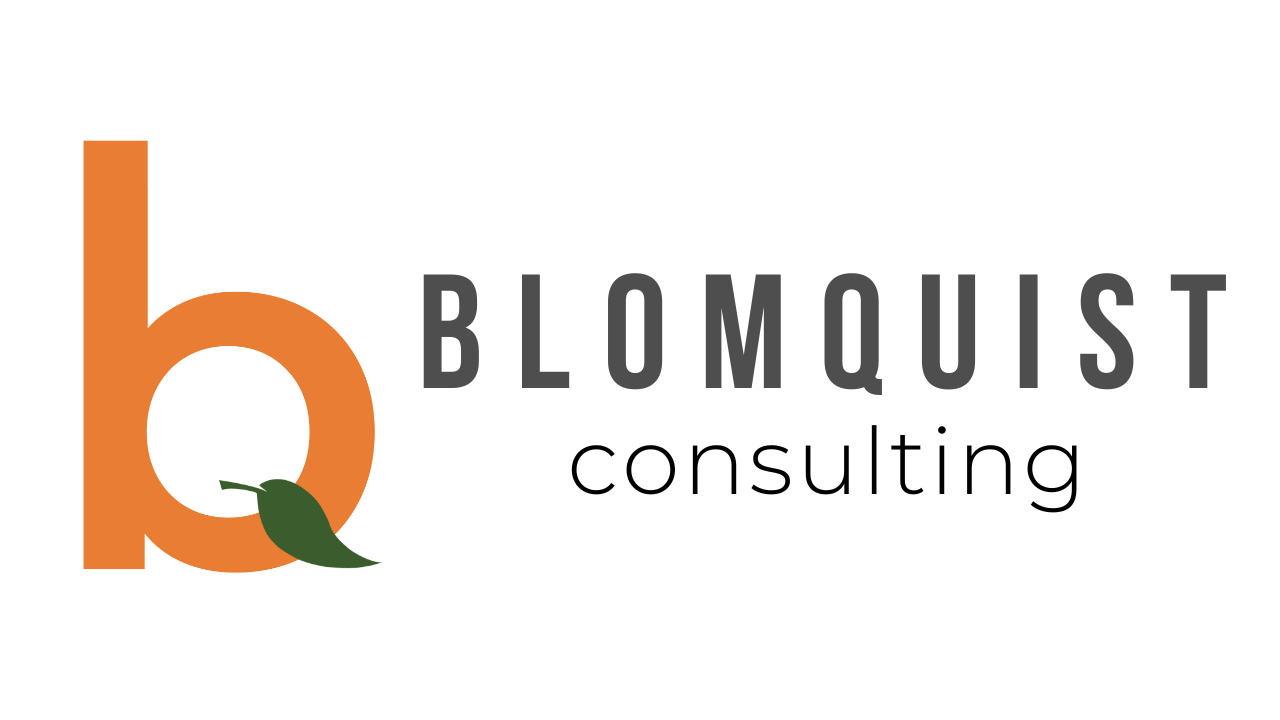A Model for Aligning Employee Behaviors, Attitudes, and Tactics
In this article, we discuss the different elements of going to BAT, how to identify and address each, and strategies for using the model effectively.
Managers must put definition around their performance expectations and concerns in order to effectively resolve employee performance disruptions and prevent them from recurring. Feedback is normal and expected for all roles and industries, but is only effective when accurately addressing the issue at hand.
Years ago, I was introduced to an employee performance model, with the acronym, “BAT” by an executive sales trainer, Jim Stephens of Sandler. The BAT model is designed to delineate overall performance into three categories: Behaviors, Attitudes, and Techniques. This simple model helps managers and employees define concerns with accuracy which aids in transitioning performance concerns to performance expectations. Ultimately leading to productive discussions between managers and employees.
Why use BAT?
In the absence of definition, workplace performance becomes an opaque cloud of aspiration that lacks any tangible goal(s) outside of the employees job description. Categorizing workplace performance logically assists in defining the practicality of workplace performance expectations. Organizations should have some written explanation of engaging employee corrections or unsatisfactory performance. Processes for engaging in employee performance help protect employers and employees by systemizing actions taken and documented information.
The “BAT” principle offers a strategy for navigating these conversations and equips managers with the skills to do so properly. Identifying the core cause of the issue, performance disruption, or unsatisfactory result effectively resolves and realigns employees, while reinforcing relationships with management and an open feedback culture. Depending on the current feedback culture of your organization, managers may benefit from individual or group coaching to use these strategies appropriately. It is vital that leaders understand the key differences between behaviors, attitudes, and techniques.
Defining BAT
BEHAVIORS
The first element of BAT is Behaviors. These are the actions we take on an hourly, daily, monthly, and annual basis. Behaviors are the actions that get you closer to reaching an objective or end goal, such as making a sale or finalizing deliverables.
When correcting behaviors, first, get curious. If an employee is engaging in an activity or process that is outside of expectation, find out what inputs the employee received that may have informed their behaviors. Next, ask the employee about their incentives and motives, are they receiving some perceived or real benefit from engaging in their current activities? You stand to learn a great deal about your business when you ask your employees about their behaviors; you may find they are receiving inputs or directions you were not aware of. They may also have perceived incentives you were not aware of. Ultimately, if inputs or incentives are not the issue, simply instruct the employee to realign their activities to the expectations of their role.
ATTITUDES
People often confuse behaviors with attitudes, but it is important to understand that attitudes shape behaviors. Attitudes are the interactions and self-presentation around our behaviors. Individuals’ attitudes can be positive or negative, and explicit or implicit. As described by VeryWellMind, “Positive attitudes involve good feelings, whereas negative attitudes are characterized by hostility, anger, or dislike. Explicit attitudes are conscious, while implicit attitudes are unconscious.”
When correcting attitudes, leaders should start by asking questions to understand what influencing factors led to unsatisfactory performance. Managers must understand that attitudes are not set in stone or a complete reflection of the individual’s character. Instead, attitudes are persuaded by environments, people, beliefs, and learning new information. Informing the employee that their performance is a result of their attitude creates the clarity needed to address the problem correctly. Ultimately, it’s the employee’s responsibility to bring a positive attitude to work; however, you may be able to help resolve some of the obstacles affecting the employee’s attitude by addressing environmental factors in the workplace.
TECHNIQUES
Techniques are the final element of BAT. These are the skills and attributes we apply to behaviors to effectively and efficiently reach goals. Techniques refer to an individual’s unique approach to overcoming a challenge or task and are developed throughout one’s career or may be a unique, personal talent.
When correcting techniques, ask employees to describe “how” they are completing their tasks. Where behavior concerns are typically addressed with “why” questions, technique concerns are typically addressed with “how” questions. Techniques are the BAT element that requires the most specified training and continuous learning. Consider if a correction is really needed, or if feedback is enough to prevent the problem from happening again.
When to Use BAT
The BAT principle is effective in any performance evaluation, feedback, or disciplinary/employee correction conversations. Managers who use BAT in these instances help create clarity through consistency in defined expectations and prevent a toxic culture from forming; ultimately reinforcing relationships with their teams by effectively resolving conflicts or unsatisfactory performance.
Leaders should use BAT whenever delivering constructive feedback. Well-rounded leaders bucket their feedback into BAT. They ensure they coach, observe, and train on all three elements. While no issue falls outside of these three categories, it is not uncommon for a combination of them to be present.
It is vital that leaders understand the key differences between behaviors, attitudes, and techniques to use the BAT principle effectively. Depending on the current feedback culture of your organization, managers may benefit from individual or group coaching.



